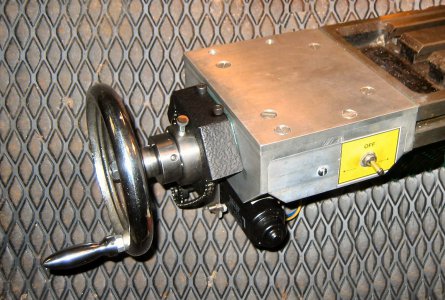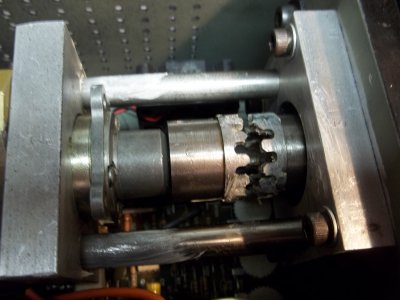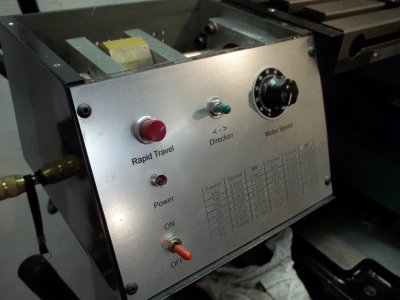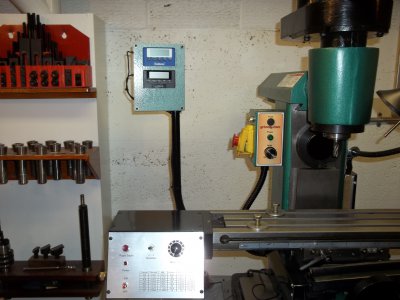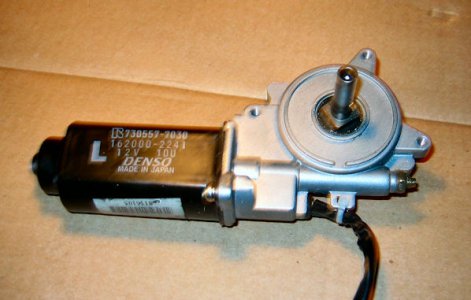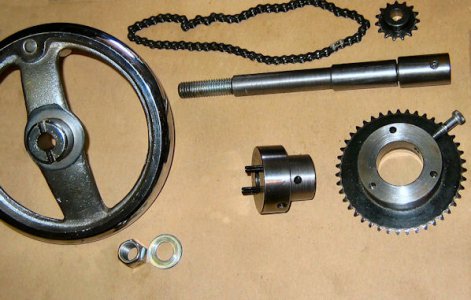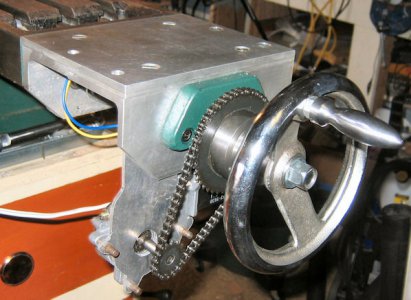- Joined
- Feb 7, 2011
- Messages
- 5,039
Easiest way to figure out how much torque you need, is with a simple fish scale. Hook it to the handle of the axis in question, and slowly pull at 90deg to the handle (perpendicular to the tangent of the circular path of the handle...) and see what it takes to GET it moving. It usually takes more to get it moving, than to keep it moving. just don't yank the scale, and get the largest number
Then take this number, probably in oz, or lbs, and multiply it by the distance from where you pulled, to the center of the handle. E.g. the handle on my lathe is 4" from the center of the leadscrew. My granddads fish scale pulls 1lb, to get it moving. This tells me that the amount of torque that I need to drive that shaft is 4 inch pounds. Since motors are usually spec'ed in either oz-in of ft-lbs, a conversion is required. To convert to ft lbs, we would divide by 12, as we already have the correct force unit. If we wanted to convert to oz-in, we would multiply by 16. That gives us either 1/3 ft/lbs, or 64 in/oz.
This will tell you how much torque you need to move that axis. Now all you have to do is figure out how fast you want to move the axis, and you can figure out the horsepower required to do so!
Good Luck!
-Cody
you would need to do that test while taking a hefty cut in some steel to get a true reading.


